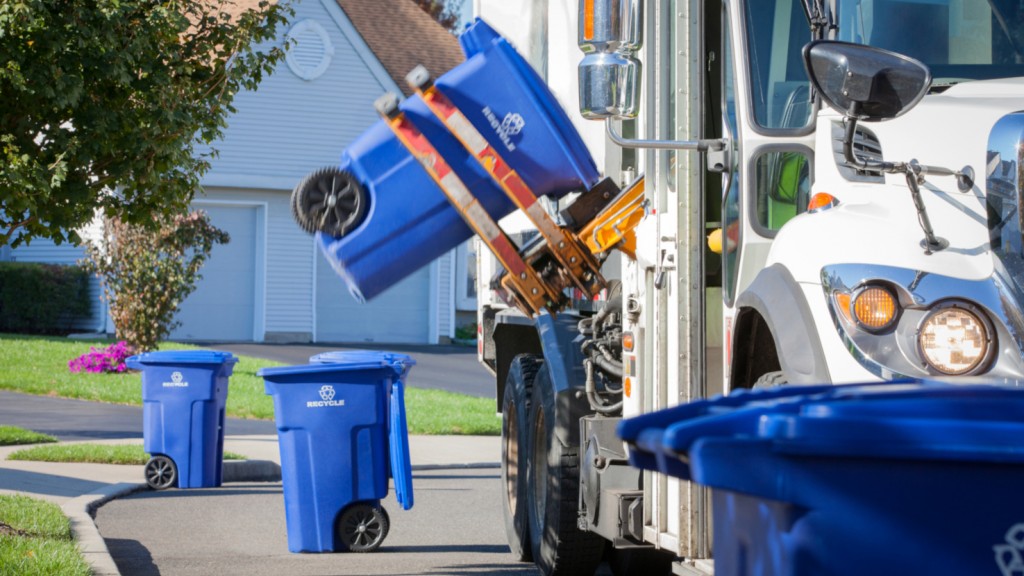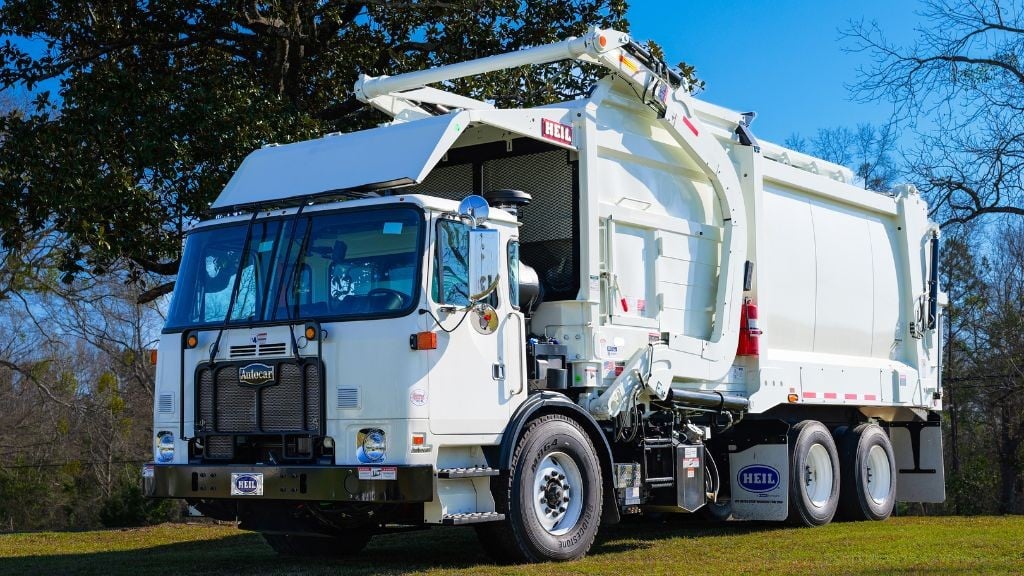On-board camera technology part of the fight to combat curbside hazards

The drive toward increased commercial and household recycling is just one factor in the global effort to reverse the impact of climate change. But it's a crucial one, with recent figures showing that every year recycling saves 700 million tons in global CO2 emissions.
The recycling industry has become a thriving sector; around 1.6 million people worldwide are employed in the business of collecting, sorting and processing recyclable waste, and the global waste management market size is expected to reach a staggering $484.9 billion by 2025.
In many countries, including across Europe and North America, householders are increasingly encouraged to sort waste into separate bins to be left on the curbside for collection. This method of collection is convenient for householders and encourages high uptake - in Canada, for example, 71 percent of Canadian households recycle.
But while the increase in household recycling is essentially a good news story, this development is not without its challenges. Where once we may have seen one type of refuse truck collecting one type of bin from our neighbourhoods, today there can be multiple vehicle types performing different waste and recycling functions.
Glass, paper, green waste and non-recyclable household garbage - in various receptacles including carts, boxes and sacks - can create a confusing picture and ultimately a lethal danger on our streets.
"Unprecedented uptick in fatalities"
Last year the Solid Waste Association of North America (SWANA), which represents waste and recycling professionals in the U.S. and Canada, issued an urgent warning following what it described as an "unprecedented uptick in fatalities" amongst its waste truck operators.
In the first 22 days of January 2019 alone, there were 17 industry-related deaths in the U.S. and Canada, most of which were vehicle-related. While there is no single common cause of fatalities in this sector of the industry, many deaths occur when distracted motorists collide with collectors.
Pedestrians, cyclists and other road users are also vulnerable when in close proximity to collection trucks. Collisions can occur anywhere from narrow city streets to rural lanes, often due to the problem of blind spots around bins, containers and recycling trucks.
It's clear that safety in the waste and recycling industry - both on public roads and worksites - is a key concern globally. There is no single answer to the problem; however, a combination of rigorous staff training, regular safety checks, and technological upgrades to vehicles and public education will help to tackle the issue.
Eliminating blind spots - a technological solution
One sure way to enhance safety in waste and recycling collection is to fit waste vehicles with the latest safety technology. There are a range of impressive devices on the market today, most of which can be added on as upgrades to an existing truck fleet.
Commercial vehicle safety systems can alert both drivers, waste company workers and indeed anyone around a vehicle of an imminent danger. These include audible warning alarms as well as sophisticated cameras.
The Backeye360 from Brigade Electronics gives the driver a 360-degree view around their vehicle in one in-cab image. Radar obstacle detection provides an extra level of protection, especially when dust, darkness or harsh weather conditions lead to reduced visibility.
Detection zones on Brigade's radar systems can be programmable up to a range of 30 metres, depending on a vehicle's individual requirements. And with so many different types of collection vehicles operating in all kinds of challenging environments, customized options can help to deliver the ultimate safety solution.
The waste and recycling industry is a complex sector with little uniformity from city to city, let alone state to state or country to country. Until universal standards are in place, it's up to local waste professionals to do all they can to minimize dangers for collection truck drivers, pedestrians and every vehicle on the road.
Warren Di Marco is a vehicle safety expert at Brigade Electronics, based in the U.K.
This article was originally published in the April 2020 edition of Recycling Product News, Volume 28, Number 3.



